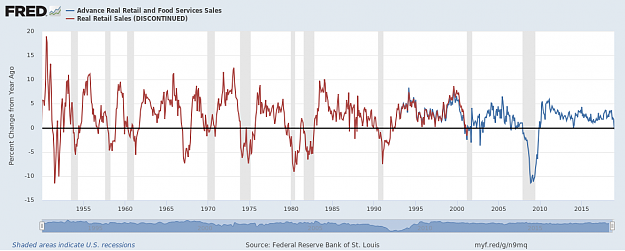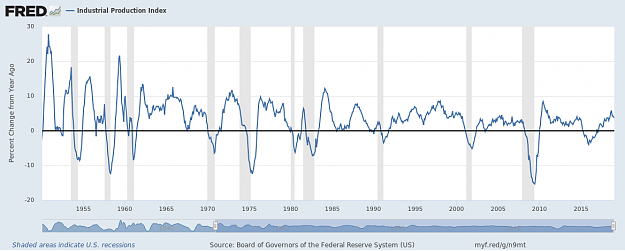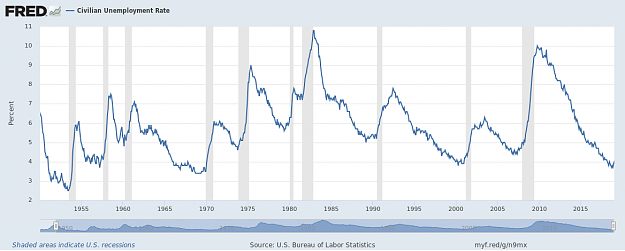#v2vDisclaimer (https://www.forexfactory.com/showthread.php?t=838137)
☀ You may agree or disagree... ; )- but here are the collected reasons why traders fail to be successful in trading... #whytradersfail (https://www.forexfactory.com/showthread.php?p=11614716#post11614716) ─ by Hanover
☛ No proven methodological edge
☛ Lack of knowledge and experience
☛ No trading plan
☛ Failure to accept losses (causes recovery systems, irrecoverable open losses, revenge trading)
☛ Poor or non-existent risk management (i.e. focusing on the return over everything else)
☛ Making decisions based on P/L rather than market probabilities/behavior (focusing on the money, rather than the process)
☛ Undercapitalization (causes greed, over trading, over-leveraging) -- [NOTE: according to many br0kers, this is the most common cause of failure]
☛ Over-reliance on money management (including ideas like same-pair hedges, baskets, grids, averaging down recklessly, martingale variants)
☛ Complacency: a lack of respect for the market
☛ Laziness: trying to find a color-by-number shortcut to riches (i.e. make the most money in the shortest time with the least effort)
☛ Adherence to "$250 to $100,000 in 6 months" type notions
☛ Adherence to trading myths
☛ Lack of discipline
☛ Lack of patience
☛ Lack of resilience (unable to bounce back after losses)
☛ Lack of composure/nerve (afraid to "pull the trigger")
☛ Lack of stamina (quit too quickly)
☛ Lack of dedication (failure to put in the required number of hours of study)
☛ Failure to understand the importance of statistical validity, and the nature of statistical fluctuation
☛ Failure to keep a journal
☛ Over-reliance on automated systems (EAs)
☛ Over-reliance on technical analysis (using tools that "don't work")
☛ Exiting too early (should take higher RR trades)
☛ Exiting too late (should take lower RR trades)
☛ Hindsight bias
☛ Confirmation bias
☛ Apophenia
☛ Curve fitting
☛ Strategies that test profitably, but are not grounded in real market inefficiencies
☛ The randomness of price movement
☛ Letting outside noise affect your decision making
☛ Underestimating the effect of broker costs
☛ Underestimation of the amount of expertise that is required
☛ Being cheated by their broker
☛ Liquidity vacuums ( a.k.a. "flash crashes" ) and other "black swan" events.
- My post here at FF makes no guarantees as to the accuracy or completeness of the views expressed, including timeliness, suitability of any information - e.g. indicators, videos, images/charts, and documents posted or shared herein. All contents I posted here at FF are subject to change (bound by ForexFactory's & Thread Owner's rules and restrictions) and may have become unreliable for various reasons, including changes in the market conditions or economic circumstances.
- In addition, please be reminded that there is always the potential for loss. Your trading results may vary. Unique experiences and past performances do not guarantee future results. Hence, it is highly recommended to seek a duly licensed professional for investment advice whether any given investment idea, strategy, product or service described herein may be appropriate for your circumstances. All investments involve risk, including loss of principal.
☝ If you don't like my post, simply click ignore option and I'll do the same... Otherwise, I can simply ignore anyone whenever I am damn well, please...
#v2vIndicators (https://www.forexfactory.com/showthread.php?t=835888)
#v2CoTdata (https://www.forexfactory.com/showthread.php?t=809577)
☀ You may agree or disagree... ; )- but here are the collected reasons why traders fail to be successful in trading... #whytradersfail (https://www.forexfactory.com/showthread.php?p=11614716#post11614716) ─ by Hanover
☛ No proven methodological edge
☛ Lack of knowledge and experience
☛ No trading plan
☛ Failure to accept losses (causes recovery systems, irrecoverable open losses, revenge trading)
☛ Poor or non-existent risk management (i.e. focusing on the return over everything else)
☛ Making decisions based on P/L rather than market probabilities/behavior (focusing on the money, rather than the process)
☛ Undercapitalization (causes greed, over trading, over-leveraging) -- [NOTE: according to many br0kers, this is the most common cause of failure]
☛ Over-reliance on money management (including ideas like same-pair hedges, baskets, grids, averaging down recklessly, martingale variants)
☛ Complacency: a lack of respect for the market
☛ Laziness: trying to find a color-by-number shortcut to riches (i.e. make the most money in the shortest time with the least effort)
☛ Adherence to "$250 to $100,000 in 6 months" type notions
☛ Adherence to trading myths
☛ Lack of discipline
☛ Lack of patience
☛ Lack of resilience (unable to bounce back after losses)
☛ Lack of composure/nerve (afraid to "pull the trigger")
☛ Lack of stamina (quit too quickly)
☛ Lack of dedication (failure to put in the required number of hours of study)
☛ Failure to understand the importance of statistical validity, and the nature of statistical fluctuation
☛ Failure to keep a journal
☛ Over-reliance on automated systems (EAs)
☛ Over-reliance on technical analysis (using tools that "don't work")
☛ Exiting too early (should take higher RR trades)
☛ Exiting too late (should take lower RR trades)
☛ Hindsight bias
☛ Confirmation bias
☛ Apophenia
☛ Curve fitting
☛ Strategies that test profitably, but are not grounded in real market inefficiencies
☛ The randomness of price movement
☛ Letting outside noise affect your decision making
☛ Underestimating the effect of broker costs
☛ Underestimation of the amount of expertise that is required
☛ Being cheated by their broker
☛ Liquidity vacuums ( a.k.a. "flash crashes" ) and other "black swan" events.
Since Frank Sinatra sings in his own way, my chart sing... I did it, my way


